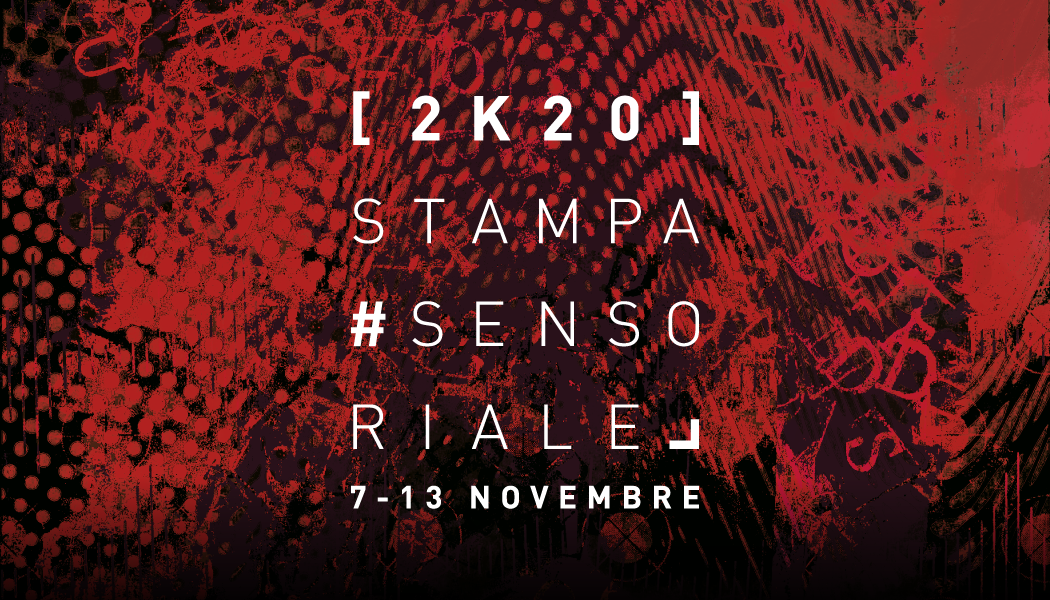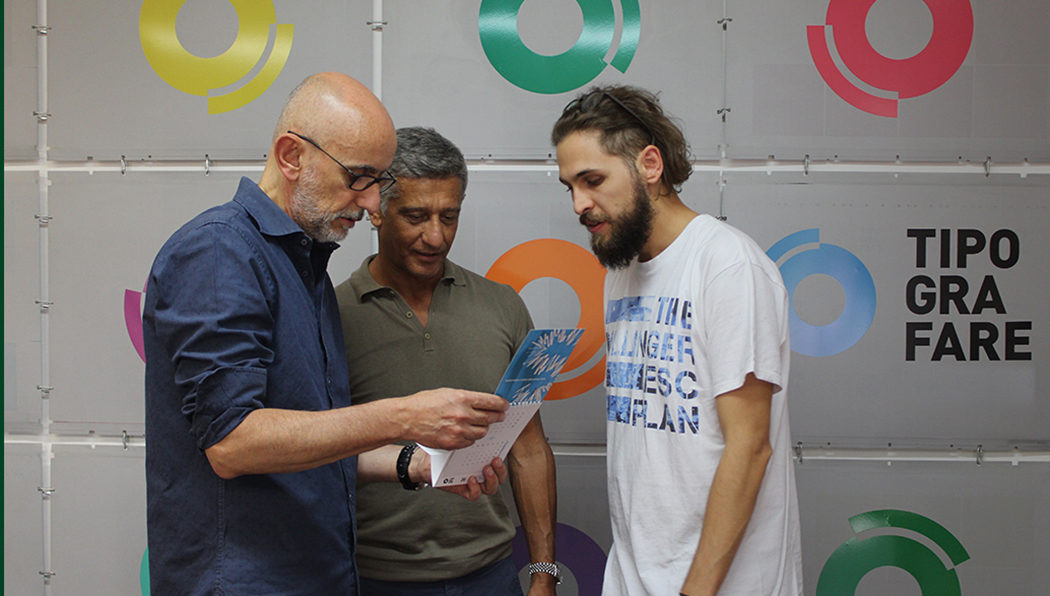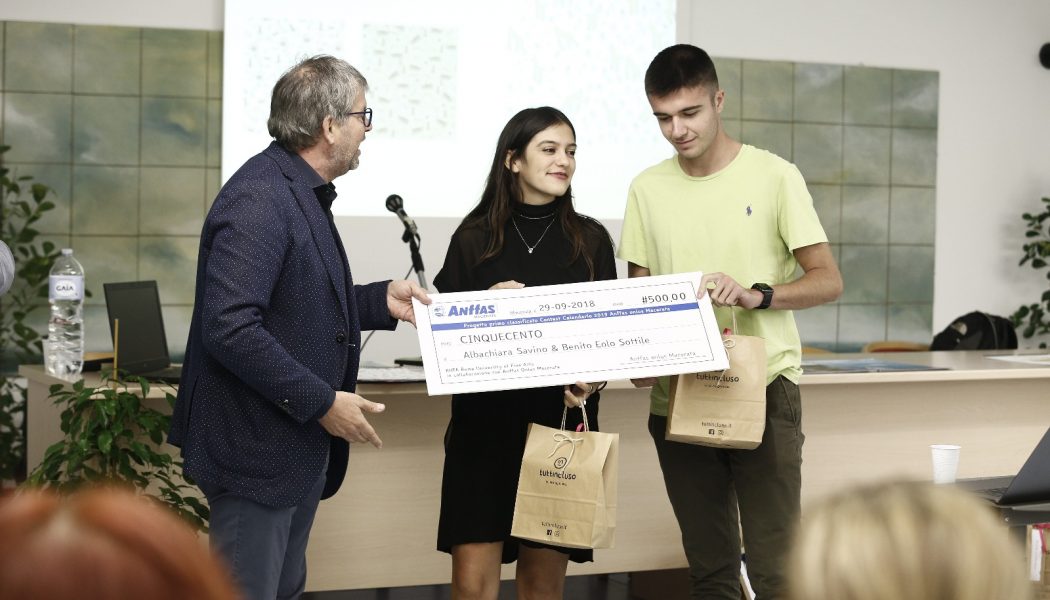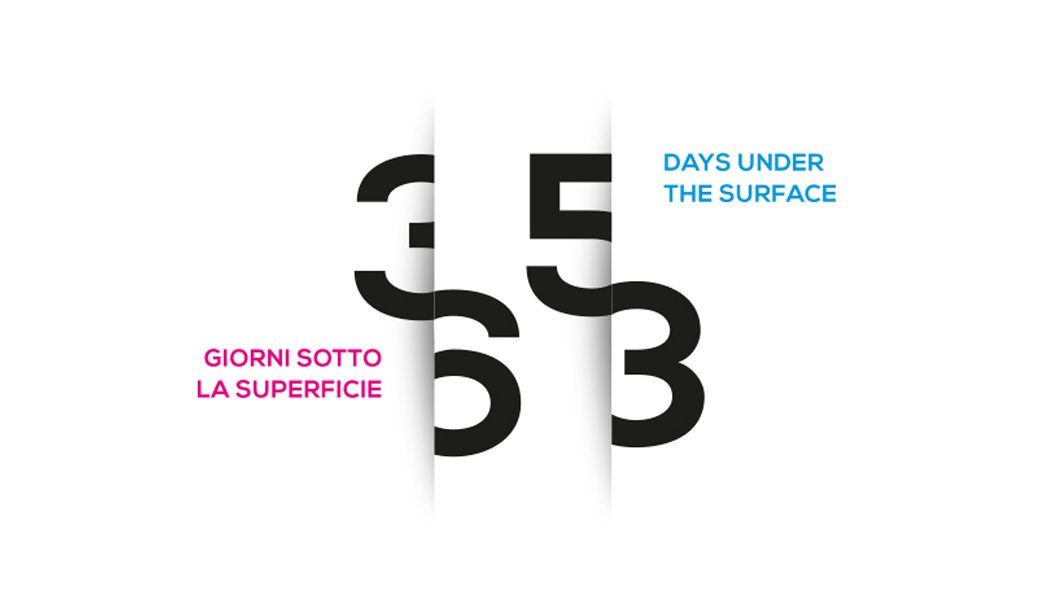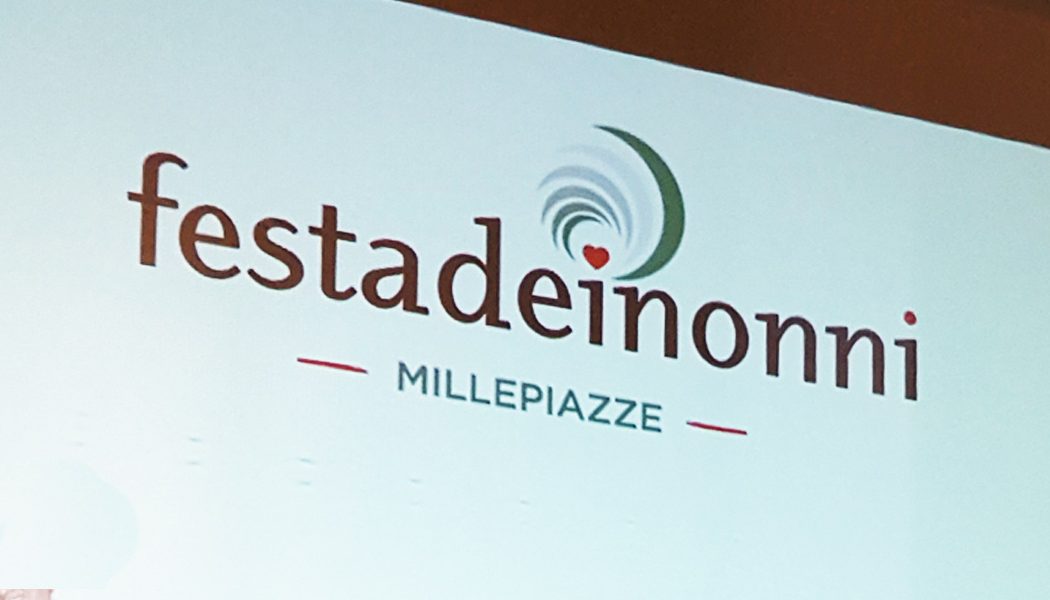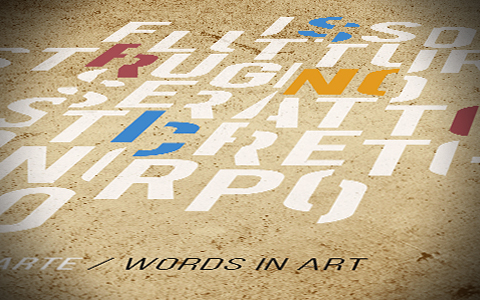The creative process of printing: an extraordinary experience that involves all the senses. The sounds that envelop the body, the texture of the paper that touches the fingers, the smell of the pages and inks just printed, the opacity of the colors and transparencies that blend, the design that stimulates the intellect, the passion and love for this form of art ancient and modern at the same time.
These are the elements that will materialize in the 2020 calendar of Tipografare, a leading roman printing company and a constant partner of RUFA in many projects. Tipografare, in promoting the contest for the realization of the calendar, has intended to renew its attention to the new generations and especially to the students who have chosen educational paths in the field of graphic design. The results of this action will be on display at RUFA Space, in via degli Ausoni 7 in the heart of the San Lorenzo district in Rome, from 7 to 13 November. Among the works on display there will also be “2K20 – sensorial printing”: the winning project of the competition conceived and coordinated by the lecturer Claudia Illuzzi in collaboration with Studio Grafò, won by the student Francesco Paolo Incantalupo.
The aim of the exhibition is clear and direct: printing in the digital age has not lost its power of communication, as demonstrated by the 35 works produced by the 13 finalists who participated in the contest for the creation of the calendar. The students analysed and experimented with the fundamental and unchanged role that this important medium has preserved and transmitted for over five centuries. A clever balance between mixed techniques, manual and digital illustrations, photography and typography to represent an art that is still far from losing its value and function.
On 7 November, on the occasion of the opening, the calendar will be distributed and the winning project will be awarded, which has convinced both the technical jury, composed of RUFA lecturers Claudia Illuzzi, Claudio Spuri and Tommaso Salvatori, and the commission of the client composed by Roberto Bottiglieri, Emanuele Menconi and Fabio Fondi.
